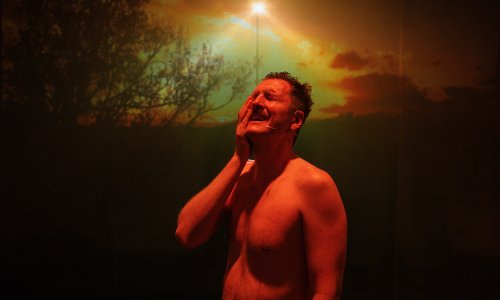

Katarína Magid Hládeková & Václav Magid: On the Shore of the Last Sea
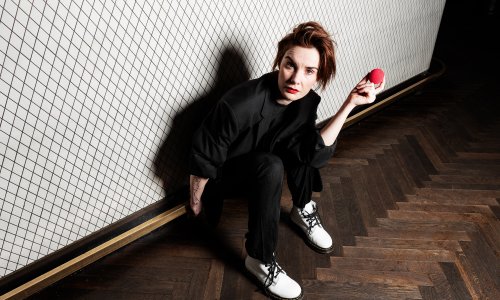
JÁ, DIAGNÓZA / + - VeDvou

FAKE CRIME / Joke Division a Divadlo NoD
This performance is in Czech only!
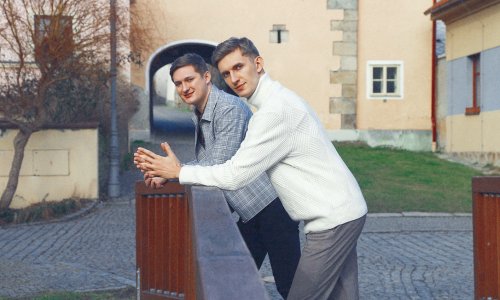

JAK SE DĚLÁ DIVADLO / Divadlo MASO
This performace is in Czech only.

SCAMMERS ATTACK / Janek & Natálka & collective
Scamming is art. They have been with us since the beginning of mankind. They are all around us. And they are more and more of them. There´s no place you…

SCAMMERS ATTACK / Janek & Natálka & collective
Scamming is art. They have been with us since the beginning of mankind. They are all around us. And they are more and more of them. There´s no place you…



27 LITRŮ UMĚLÝ KRVE / Janek & Natálka & kol.

27 LITRŮ UMĚLÝ KRVE / Janek & Natálka & kol.

27 LITRŮ UMĚLÝ KRVE / Janek & Natálka & kol.

MICHAELŮV MASHUP
This event is in Czech only!

UNDERGROUND COMEDY CLUB
This performance is in Czech only.

THE LEGEND OF LUNETIC / Janek & Natálka & kol.
This performance is in Czech only!

THE LEGEND OF LUNETIC / Janek & Natálka & kol.
This performance is in Czech only!
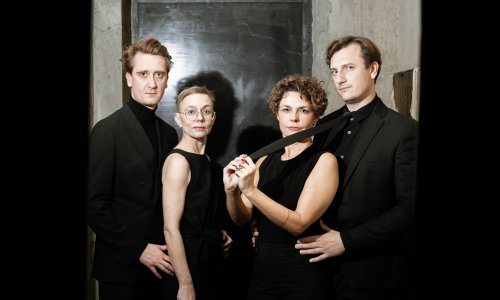
ŠPIONI / Brémy
This performance is in Czech only!
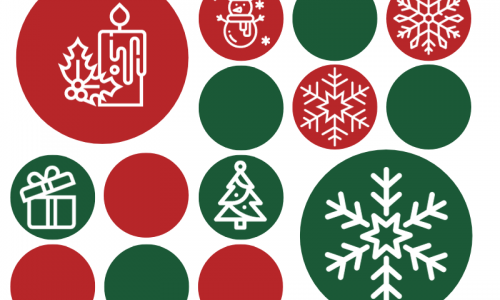

FAKE CRIME / Joke Division a Divadlo NoD
This performance is in Czech only!
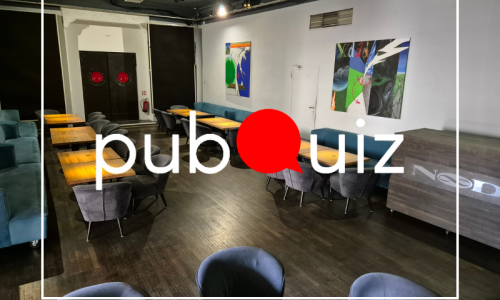

SCAMMERS ATTACK / Janek & Natálka & collective
Scamming is art. They have been with us since the beginning of mankind. They are all around us. And they are more and more of them. There´s no place you…

SCAMMERS ATTACK / Janek & Natálka & collective
Scamming is art. They have been with us since the beginning of mankind. They are all around us. And they are more and more of them. There´s no place you…


MICHAELŮV MASHUP
This event is in Czech only!

ŠPIONI / Brémy
This performance is in Czech only!

UNDERGROUND COMEDY CLUB
This performance is in Czech only.

FAKE CRIME / Joke Division a Divadlo NoD
This performance is in Czech only!

JAK SE DĚLÁ DIVADLO / Divadlo MASO
This performace is in Czech only.

JÁ, DIAGNÓZA / + - VeDvou

27 LITRŮ UMĚLÝ KRVE / Janek & Natálka & kol.

27 LITRŮ UMĚLÝ KRVE / Janek & Natálka & kol.

27 LITRŮ UMĚLÝ KRVE / Janek & Natálka & kol.

MICHAELŮV MASHUP
This event is in Czech only!

THE LEGEND OF LUNETIC / Janek & Natálka & kol.
This performance is in Czech only!

THE LEGEND OF LUNETIC / Janek & Natálka & kol.
This performance is in Czech only!

THE LEGEND OF LUNETIC / Janek & Natálka & kol.
This performance is in Czech only!

MICHAELŮV MASHUP
This event is in Czech only!

UNDERGROUND COMEDY CLUB
This performance is in Czech only.

ŠPIONI / Brémy
This performance is in Czech only!

JAK SE DĚLÁ DIVADLO / Divadlo MASO
This performace is in Czech only.


THE LEGEND OF LUNETIC / Janek & Natálka & kol.
This performance is in Czech only!

THE LEGEND OF LUNETIC / Janek & Natálka & kol.
This performance is in Czech only!

THE LEGEND OF LUNETIC / Janek & Natálka & kol.
This performance is in Czech only!

27 LITRŮ UMĚLÝ KRVE / Janek & Natálka & kol.

27 LITRŮ UMĚLÝ KRVE / Janek & Natálka & kol.

27 LITRŮ UMĚLÝ KRVE / Janek & Natálka & kol.

27 LITRŮ UMĚLÝ KRVE / Janek & Natálka & kol.

FAKE CRIME / Joke Division a Divadlo NoD
This performance is in Czech only!

JÁ, DIAGNÓZA / + - VeDvou

ŠPIONI / Brémy
This performance is in Czech only!

THE LEGEND OF LUNETIC / Janek & Natálka & kol.
This performance is in Czech only!

THE LEGEND OF LUNETIC / Janek & Natálka & kol.
This performance is in Czech only!

THE LEGEND OF LUNETIC / Janek & Natálka & kol.
This performance is in Czech only!



UNDERGROUND COMEDY CLUB
This performance is in Czech only.

27 LITRŮ UMĚLÝ KRVE / Janek & Natálka & kol.

27 LITRŮ UMĚLÝ KRVE / Janek & Natálka & kol.

27 LITRŮ UMĚLÝ KRVE / Janek & Natálka & kol.

FAKE CRIME / Joke Division a Divadlo NoD
This performance is in Czech only!


